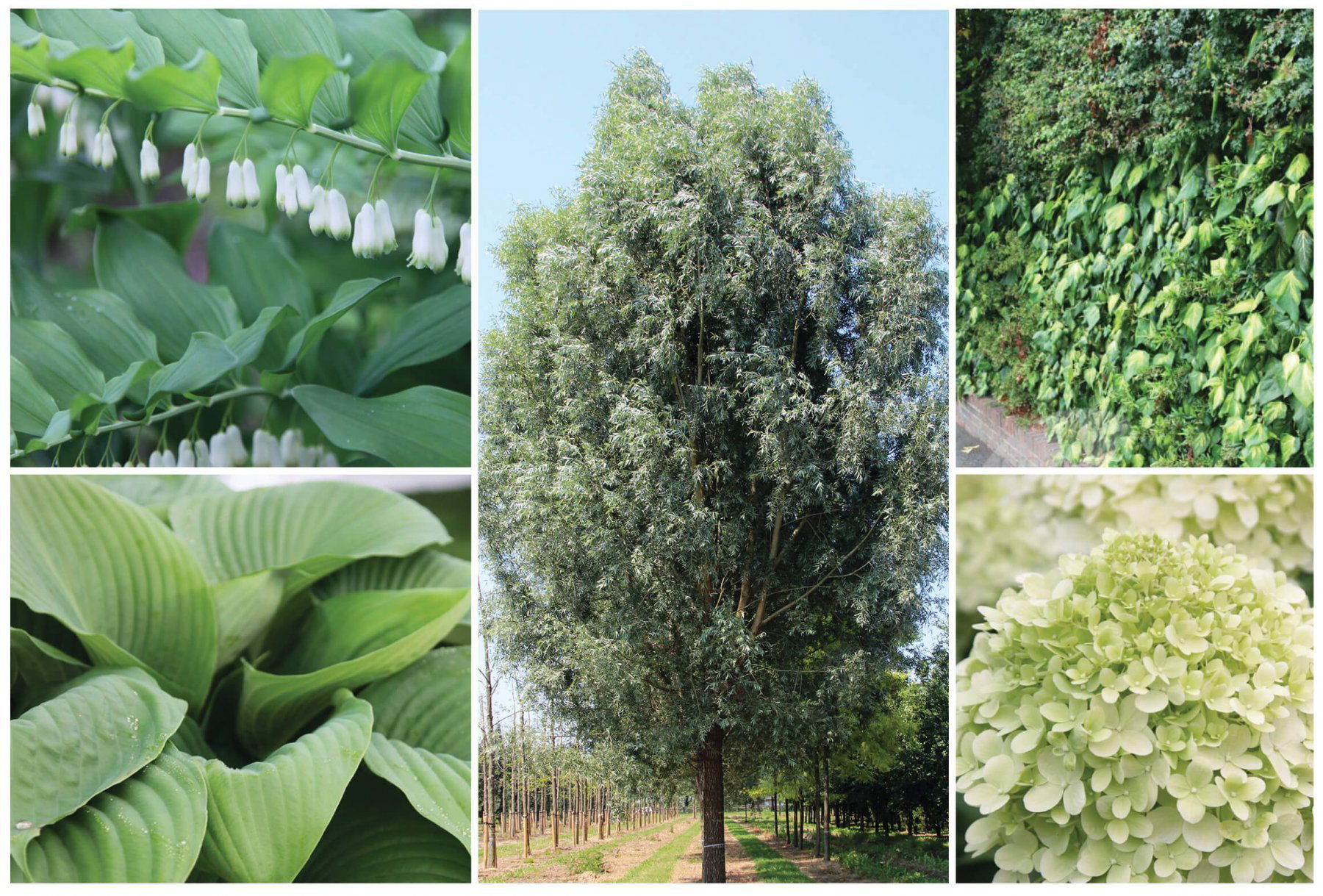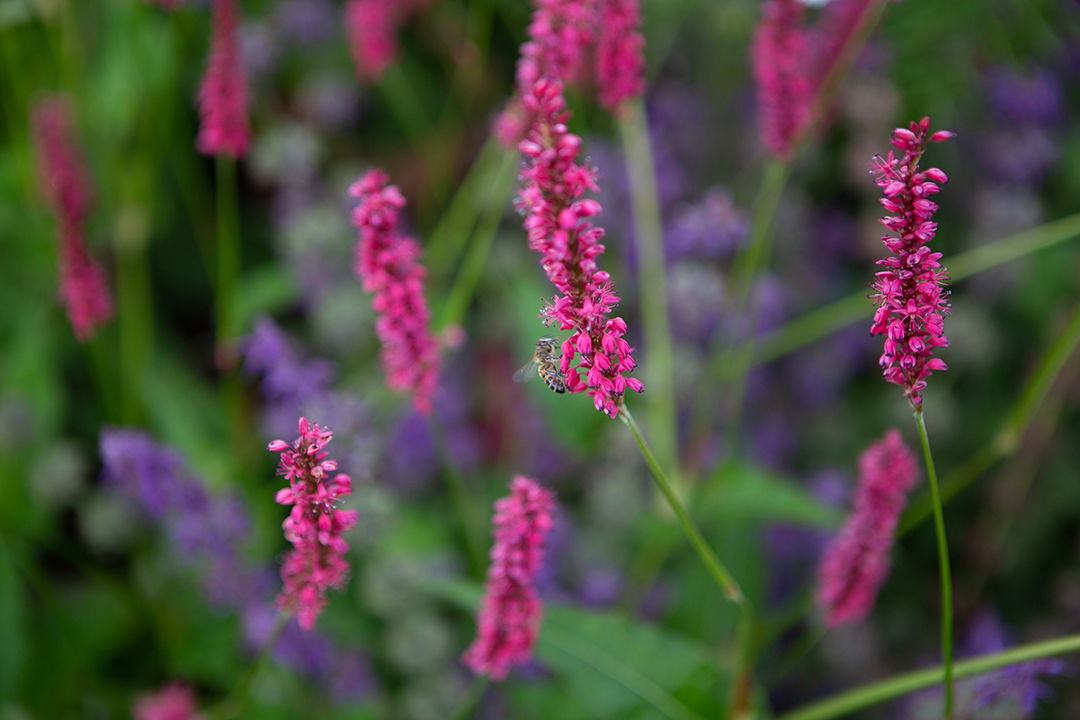
Wet Gardens: Creating wonderful gardens to flourish in Surrey’s high water table
Living in the UK, we are no strangers to rain, but if your home is located near a river or in high water table nurturing a beautiful garden may feel like an uphill battle. Through our vast experience of working on projects located in high water table areas (like Virginia Water) and riverside homes, we are well versed in working with getting the most out of these environments and understanding where potential pitfalls may lie.
Getting down to the root of the problem.
Gardens, where the ground remains moist because of a high water table, poor drainage or heavily compacted soil, can be challenging to work with. Plants sitting in wet conditions for prolonged periods of time can have limited supply of oxygen to the roots causing leaves to turn yellow, roots to rot, disease to take hold and ultimately plants to fail. Overwatering will also cause these symptoms, but they can often be mistaken for underwatering, so it’s always worth checking how moist the soil is around the roots of a plant as a first step when it starts to look sick.
If a site is very wet provisions to improve drainage conditions where possible should be put in place to prevent further damage to plants and help promote the health and longevity of your garden. The key thing to always consider is- ‘where will all the water go?’ Local authorities usually prohibit the discharge of drainage water from gardens into sewer systems of stormwater drains so careful planning is required.

Working with and not against a high water table.
Soil conditions can vary dramatically and will determine the best solution for a wet garden. This can sometimes be a big undertaking which could involve digging trenches, ditches, soak ways or boreholes. A simpler solution can include cultivating the ground (digging over surface soil and adding organic matter), introducing bog planting to beds or building raised planters so the roots sit above the wet ground.
As well as moisture levels other things to carefully consider when installing new plants include soil types (clay, loamy, sandy etc.), sun levels, wind exposure, size at full maturity (especially with trees), winter hardiness, planting position and vulnerability to pests and diseases.
Setting up your wet garden for success.
Several plants naturally grow in wet conditions. Below we have listed our top 10 favourite trees and plants that are suitable for trickier wet conditions in your garden.






How can we transform your outdoor space?
We are passionate about creating outdoor spaces that will perfectly frame your home and continue to evolve into an integral part of your property’s identity. Visit our page for inspiration on landscape design and our services or get in touch to discover how we can help you transform your outdoor spaces.